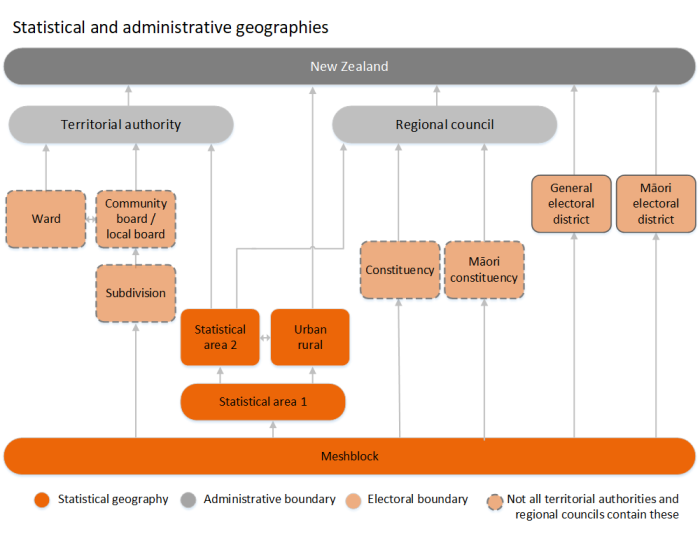Data Journalism
Chris Knox
Data Editor at the New Zealand Herald (in August 2020)
chris@functionalvis.com
28 July, 2020
Recap
If you can only remember one thing, remember Figure.NZ
If you can only remember two things, remember to add
/data.csvto Figure.NZ urlsWork together - explore Figure.NZ and Figure.NZ Places and find some data that surprises you.
Data processing
- Make a copy of your original data
Get started with Workbench
- Create a login
- Create a chickenchart
Do you need to reshape?
Sometimes data jobs like this:
| Year | Variable | Value |
|---|---|---|
| 2016 | tui | 10 |
| 2016 | kereru | 15 |
| 2016 | kākā | 8 |
| 2017 | tui | 12 |
| 2017 | kereru | 11 |
| 2017 | kākā | 13 |
When what you need is:
| Year | tui | kereru | kākā |
|---|---|---|---|
| 2016 | 10 | 15 | 8 |
| 2017 | 12 | 11 | 13 |
Then it is time for a reshape (pivot table in spreadsheet land).
- Select just the columns you need
- Decide whether it is long to wideorwide to long
- What’s the rowcolumn?
- What’s the variablecolumn?
- Have we only got year per row?one
Titles, captions, and annotations
- You are journalists - embrace that
- A graph without a source isn’t a graph
What is a graph?
Using the tools at hand; size, colour, shape, and position to represent (encode) the values in the data.
Coloured pencil time
Exercise
Pick a couple of charts from Figure.NZ and remake them.
Datawrapper
Workbench Data is built for journalists
But the chart options are limited
But data can be exported directly from Workbench to Datawrapper
Create an account in datawrapper
Make sure your workbench workflow is public
Grab the data url
Maps
Data wrapper supports 3 types of map
- Choropleth
- Symbol
- Locator
New Zealand is a mess (this doesn’t cover DHBs, Police Districts, Civil Defense, or Fire and Emergency areas)

Ask for help!